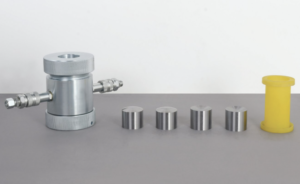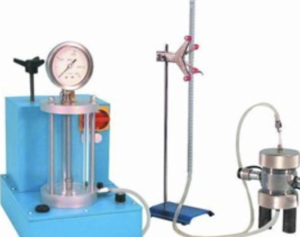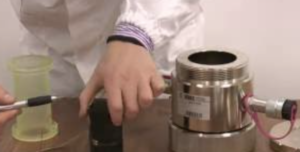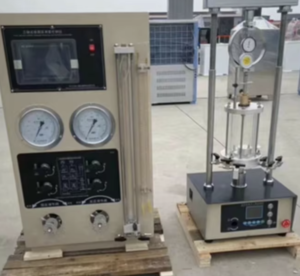Uses and Applications of Soil Penetrometers
Soil penetrometers are essential tools in both geotechnical and agricultural fields. By measuring soil resistance to penetration, they provide critical information about compaction, strength, and suitability for various applications. Let’s explore their wide-ranging uses and practical value.
What Do Soil Penetrometers Measure?
Soil penetrometers measure penetration resistance1, which reflects how compact or dense the soil is at various depths.
- Cone Index (CI)2: Indicates resistance per unit area as the penetrometer is pushed into the soil.
- Compaction levels: Helps detect if the soil has been over- or under-compacted.
- Root zone density3: Crucial in evaluating soil suitability for planting or root development.
| Measurement Parameter | Unit | Typical Use |
|---|---|---|
| Cone Index | kPa or psi | Soil strength evaluation |
| Depth of Penetration | cm or in | Subsurface density profiling |
| Resistance Curve | Visual/graph | Interpreting soil consistency changes |
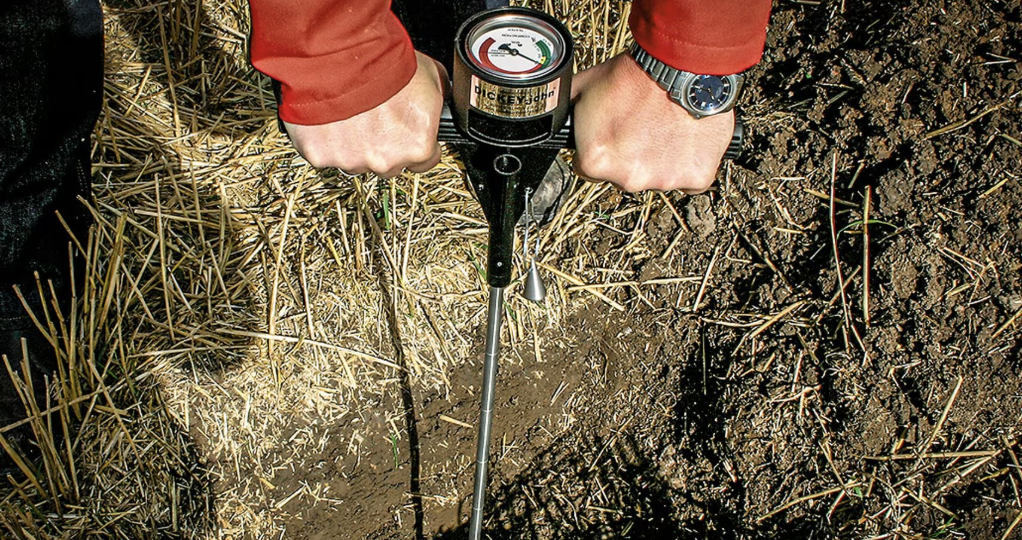
Why Are Penetrometers Important in Construction?
In civil engineering, penetrometers are used to assess the bearing capacity4 of subgrade soils before construction begins.
- Foundation design5: Ensures that soils can support structural loads.
- Quality control6: Confirms compaction during earthworks and grading.
- Site suitability: Identifies weak or problematic soil zones early in the project timeline.

Penetrometer data reduces the risk of foundation settlement and pavement failure.
How Are Soil Penetrometers Used in Agriculture?
In agriculture, penetrometers aid in soil health evaluation7 and crop yield optimization8:
- Determine compaction zones9: Helps decide if tilling is necessary.
- Guide irrigation practices: More compact soil may limit water infiltration.
- Assess root penetration potential: Ensures crops can grow effectively without obstruction.
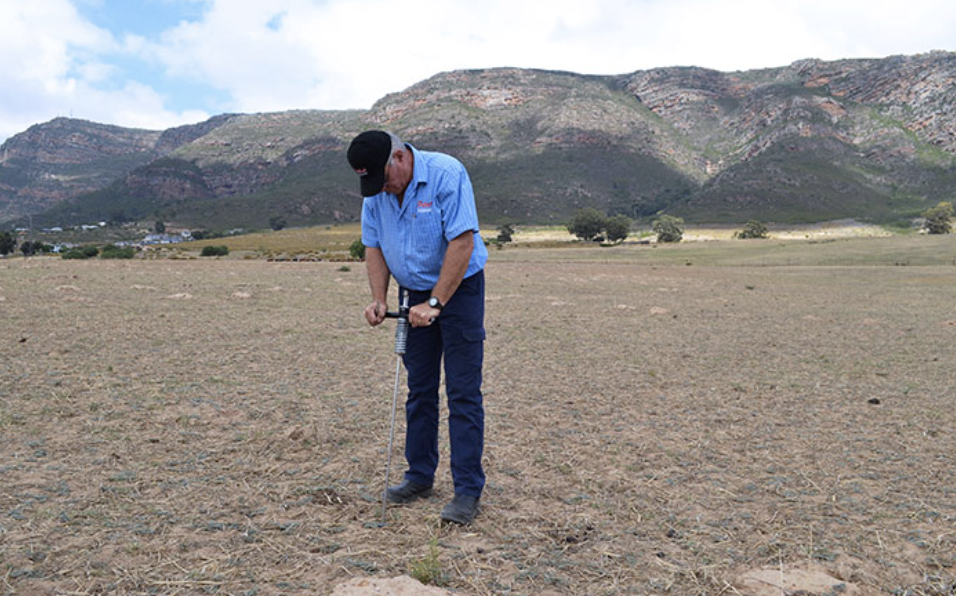
Farmers use penetrometers to promote healthy root systems and reduce runoff.
Can Penetrometers Predict Pavement Performance?
Yes—soil penetrometers are frequently used in road and pavement design projects to:
- Evaluate subgrade stiffness: A key factor in long-term pavement support.
- Optimize layer thicknesses: Prevent over- or under-design of road sections.
- Identify failure-prone areas: Anticipate rutting or cracking risks due to subgrade weakness.
| Application | Purpose |
|---|---|
| Road Subgrade Testing | Supports pavement design models |
| Maintenance Planning | Determines when/where to reinforce sections |
| Load-Bearing Analysis | Prevents deformation under vehicle loads |
Conclusion
Soil penetrometers offer versatile, reliable data critical to agriculture, construction, and pavement design. Their ability to quickly assess soil resistance makes them indispensable in evaluating compaction, predicting performance, and guiding decisions across multiple industries.
-
Understanding penetration resistance is key for assessing soil compaction and its impact on plant growth. Explore this link for detailed insights. ↩
-
The Cone Index is vital for evaluating soil density and compaction. Discover its significance in soil analysis through this resource. ↩
-
Root zone density affects plant health and growth. Learn more about its importance in soil management and agriculture by visiting this link. ↩
-
Understanding bearing capacity is crucial for ensuring safe and effective foundation design in construction projects. ↩
-
Exploring foundation design principles can enhance your knowledge of structural integrity and safety in civil engineering. ↩
-
Learning about quality control methods can improve project outcomes and ensure compliance with engineering standards. ↩
-
Understanding soil health evaluation is crucial for improving crop yields and sustainable farming practices. ↩
-
Exploring crop yield optimization can lead to better farming techniques and increased food production. ↩
-
Learning about compaction zones helps farmers make informed decisions about soil management and crop growth. ↩



